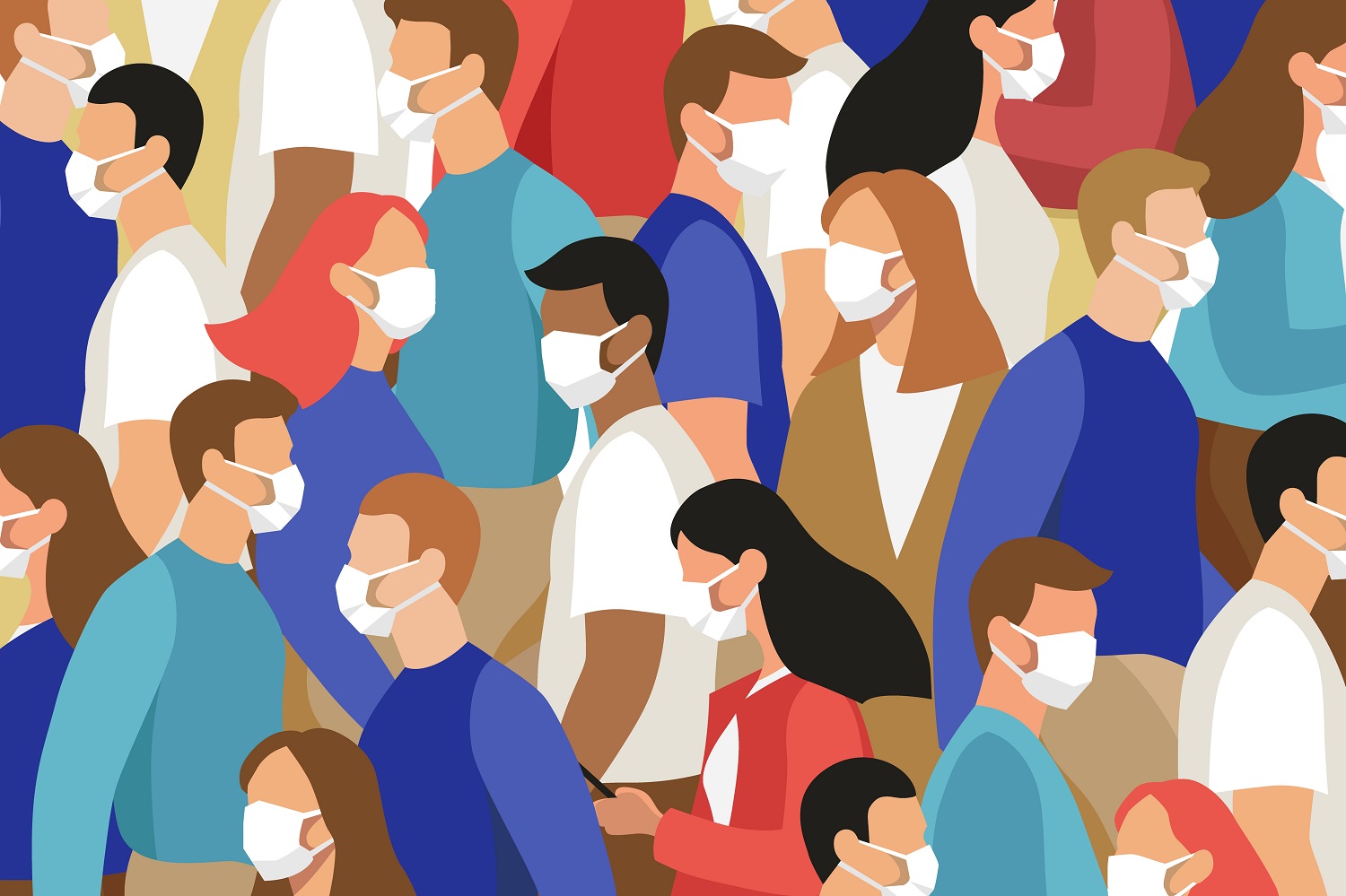In its 15 July 2005 issue, Science Magazine publishes an exploration of the genome sequences of the three so-called Tritryp parasites -- Trypanosoma cruzi, Trypanosoma brucei, and Leishmania major -- as well as additional studies and articles shedding further light on the biology of these three notorious parasites. A team of international scientists has sequenced the genomes of three species of the parasitic protozoa that cause Chagas disease, African sleeping sickness, and leishmaniasi, which kill or cripple millions, primarily in tropical and sub-tropical countries.One of the studies' key findings is the identification of gene sequences that are involved in the host-parasite relationship and in the regulation of the parasite metabolism.Shulamit Michaeli, a HHMI international research scholar at Bar-Ilan University in Israel and co-author on the L. major paper, is optimistic about the impact of the work on drug development.
By providing information on virulence factors, critical enzymes in key metabolic pathways, and potential vaccine candidates, this study will advance tropical medicine by helping us develop new drugs against these diseases.
Trypanosomes are a type of single-celled microorganism that has developed elaborate schemes to evade the immune systems of their hosts. They are spread to humans through contact with infected animals. Trypanosoma cruzi causes Chagas disease, a devastating public health problem in Cental and South America and Mexico, while Trypanosoma brucei causes African sleeping sickness, and Leishmania major causes leishmaniasis.African sleeping sickness, which affects people living in sub-Saharan Africa, is characterized by early fever and progresses to heart and kidney dysfunction, neurological destruction, and eventual death. Fever and heart impairment are also hallmarks of Chagas disease, which infects 16 to 18 million people, causing severe chronic illness and tens of thousands of deaths per year. Heart failure is responsible for most deaths from Chagas disease, which also causes liver problems and neurological impairments that can affect swallowing. Fever and liver disorders characterize leishmaniasis.George A. M. Cross, the head of the Laboratory of Molecular Parasitology at Rockefeller University, says:
Because of their distinct evolution, trypanosomes present a plethora of potential drug targets, and potential drugs are almost certainly languishing in the chemical libraries of pharmaceutical companies. There have been several initiatives to tackle diseases of neglected people: The Drugs for Neglected Diseases Initiative exists entirely for the purpose of Tritryps drug development; the World Health Organization fosters drug research on neglected diseases; the Bill and Melinda Gates Foundation provides major funds; Medicines for Malaria Venture is a key organization. But we need resources and commitment on a far larger scale to transform drug targets into clinical successes. It is clear that the traditional pharmaceutical industry will not become effectively involved in this area, and the current promotion-and-reward system in academia does not attract or sustain the necessary human and financial resources. Consortia move slowly and are frequently restrained by similar problems, compounded by the egos of scientists and sponsors. What are the solutions, then? Perhaps we need research institutes that are solely dedicated to drug development for "diseases of the poor." Governments of the wealthier nations need to place such diseases higher on their priority lists, but we shouldn't hold our breath on that, even as these diseases continue to expand their geographical reach. What about other donors? There is an ominous call at the gates--can anyone hear it?
CGD blog posts reflect the views of the authors, drawing on prior research and experience in their areas of expertise.
CGD is a nonpartisan, independent organization and does not take institutional positions.





